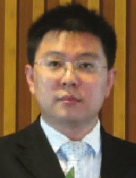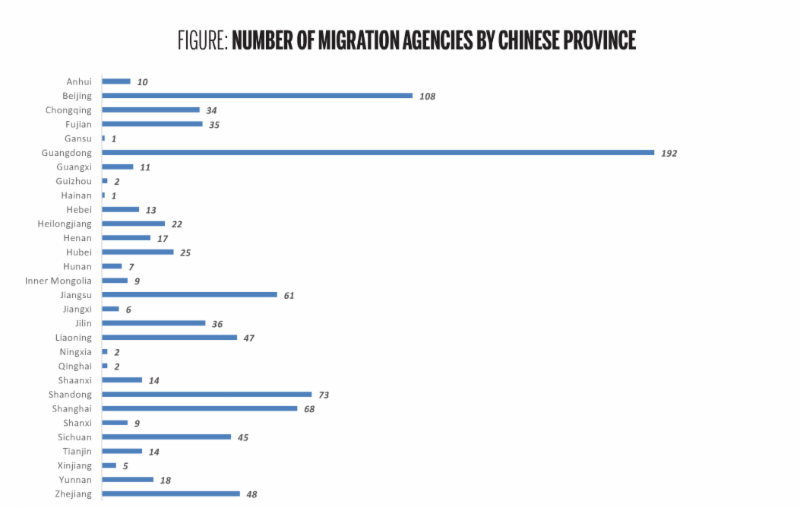 IIUSA in China – 2014 Review (Volume 2, Issue 4, Pg. 49-50)
IIUSA in China – 2014 Review (Volume 2, Issue 4, Pg. 49-50)
To ensure efficient communication with the growing stakeholder community in China, IIUSA put an emphasis on developing a strong social media presence with the goal of delivering industry news, in Mandarin, every day. That led to the launch of an official “WeChat” account, a mobile text and blogging platform that has over 400 million active users in China. Since May, the account has grown to nearly 1,400 followers and is poised to attract more attention in the year ahead. In 2015, IIUSA will distribute a Mandarin-language version of the Regional Center Business Journal, its quarterly magazine, to EB-5 stakeholders around China.
If 2014 is any indication, 2015 will be marked by strong growth in demand for EB-5 visas by investors from China, in spite of visa retrogression likely beginning in the summer. Also, with China and the U.S. recently streamlining and expanding travel between the two countries, more travelers from China are likely to be attracted to the U.S. for investment and a new life. The busy year makes up the foundation from which even more important work will be done to protect the vitality of EB-5’s largest investor marketplace.
To illustrate the hard work in 2014 that brought such a large and growing set of partnerships with entry-exit associations and American Chambers of Commerce in China, we have created the comprehensive timeline below – with an eye towards what is ahead in 2015.

March
- IIUSA representatives travel to Guangzhou. There they meet with American Chamber of Commerce (AmCham) in South China’s President, Harley Seyedin and President He of the Guangdong Entry-Exit Association.
- Meet with President Lu of Fuzhou Entry-Exit Association in Fuzhou.
- Meet with President He, Secretary-General Luo and Director-General Cai of Guangdong Entry-Exit Association in Guangzhou
- IUSA representatives visit Hong Kong to attend the Immigrant Investor Capital Forum and
- Global Asset Allocation Program Conference.
- IIUSA signs memoranda of understanding (MOUs) with 8 Chinese entry-exit associations at its 7th Annual EB-5 Regional Economic Development Advocacy Conference.
- President David Andersson meets with Beijing Entry-Exit Association representatives, discussing the takeaways from IIUSA’s Advocacy Conference in Washington, DC earlier this month
- In Shanghai, IIUSA meets with President Yao Yao and Secretary-General Huang Weijun of the Shanghai Entry-Exit Association
- President Andersson and Mr. Kelvin Ma meet with President Ning Shao of the Shanghai Office ofthe American States.
- In Guangzhou, IIUSA meets with the Entry-Exit Association of Guangdong Province’s newly elected officials.
- IIUSA Director George Ekins and Mr. Ma speak at the Guangdong Province Entry-Exit Association’s conference. Presidents from several other provincial entry-exit associations were also present.
- IIUSA leads a 200+ American delegation to the China International Fair for Investment and Trade (CIFIT) in Xiamen. IIUSA worked with AmCham South China and the Fujian Entry-Exit Association to host the U.S. pavilion.
- In addition to the U.S. pavilion, IIUSA also hosts industry exchange meetings during CIFIT to discuss important issues and topics in the EB-5 Regional Center industry.
- IIUSA hosts its 4th Annual EB-5 Market Exchange in San Francisco, CA. Representatives from several Chinese entry-exit associations attend, engaging in discussions and presentations on pertinent industry topics with the help of simultaneous translations services provided to attendees.

RCBJ Retrospective articles are reprinted from IIUSA’s Regional Center Business Journal trade magazine. Opinions expressed within these articles do not necessarily represent the views of IIUSA and are provided for educational purposes.







